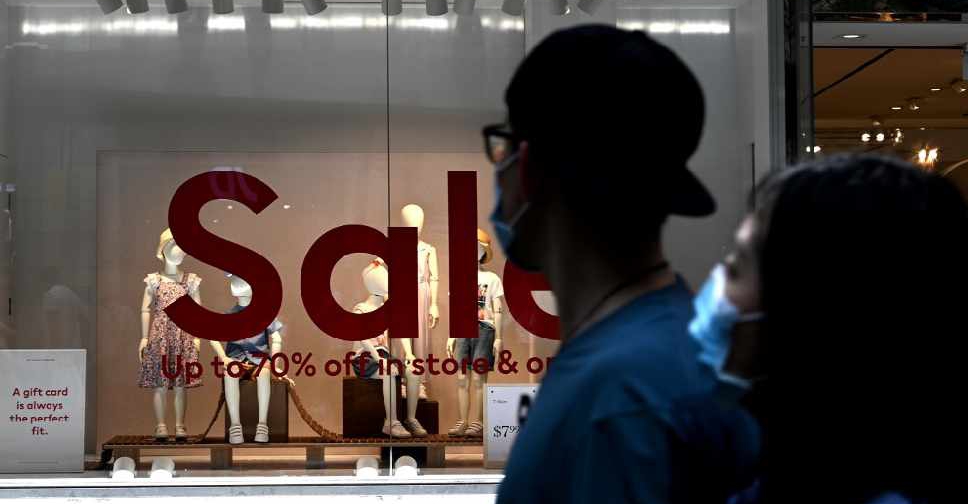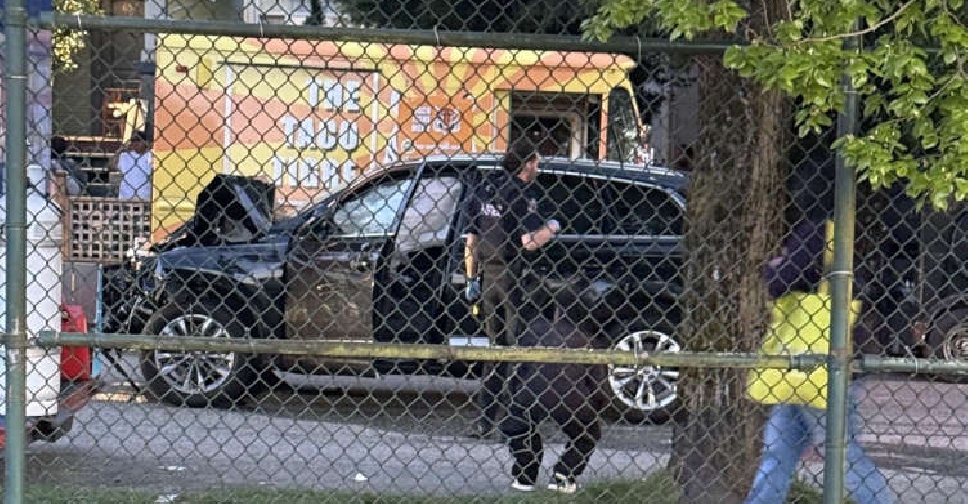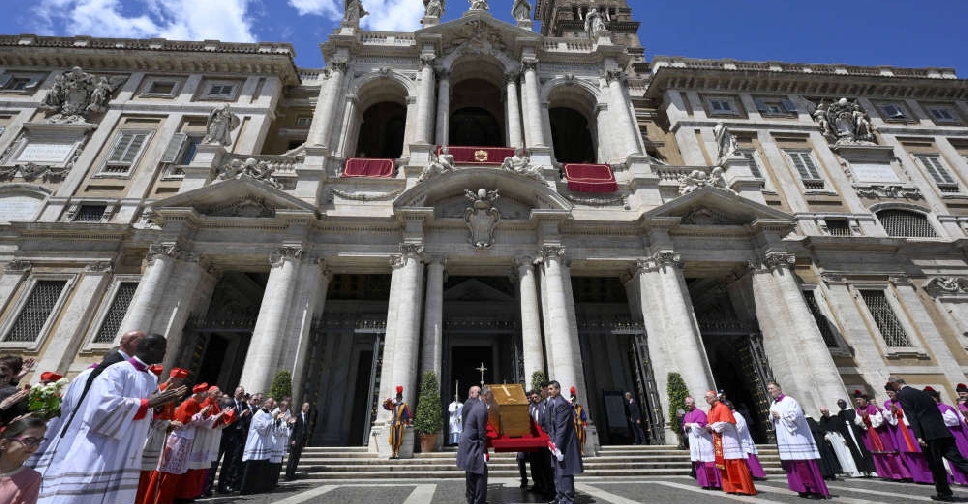
Australia's most-populous state of New South Wales (NSW) reported eight new COVID-19 cases on Sunday, while neighbouring Victoria's tally increased by three, as new measures to combat the disease kicked in.
The NSW outbreak started around mid-December in Sydney's Northern Beaches area, where a quarter of a million people are in strict lockdown until January 9. Cases associated with the cluster now total 148.
A smaller cluster in the west of the city, linked to a different genome sequence, has 13 confirmed cases. But the state's chief health officer, Kerry Chant, said authorities are worried as recent transmission at a liquor store occurred with "fleeting" exposure.
"We know these transmission events have happened through very minimal exposure. We are asking members of the community who did purchase alcohol or enter that premises for that period to be very vigilant," Chant told reporters.
NSW has made wearing masks mandatory at indoor venues like gaming rooms, hair salons and shops as authorities try to limit the spread of the disease. They will be legally enforced from midnight local time.
Australia has avoided the worst of the pandemic following swift action by authorities to shut borders, enforce lockdowns, and to carry out widespread testing and social distancing.
Since the pandemic began, it has reported more than 28,450 COVID-19 cases and 909 deaths.
Despite the outbreak in Sydney, a scheduled 5-day cricket match between Australia and India, starting on Thursday, will go ahead, although with a reduced number of spectators. Five Indian players have been placed in isolation while the Australian and Indian cricket boards investigate allegations of a breach of biosecurity protocols.
In Victoria, where all cases are linked to the same Melbourne restaurant, officials are investigating how the disease spread from the source in NSW, authorities said.
Victoria has more than 30 active cases and has made masks mandatory across the state, restricted the number of people who can meet socially and shut its border with NSW.
Health authorities have identified 220 "close contacts" and more than 50 "exposure sites" linked to positive cases.
But, "what is important is that they are in quarantine when they are diagnosed so that the risk of onward transmission is reduced," Victoria's Deputy Chief Health Officer Allen Cheng said in Melbourne.





 UN warns funding cuts threaten vital aid
UN warns funding cuts threaten vital aid
 Multiple dead in Vancouver after vehicle plows into street festival
Multiple dead in Vancouver after vehicle plows into street festival
 Rome and the world bid farewell to Pope Francis
Rome and the world bid farewell to Pope Francis
 Trump, Zelenskyy meet in Vatican basilica to seek Ukraine peace
Trump, Zelenskyy meet in Vatican basilica to seek Ukraine peace
